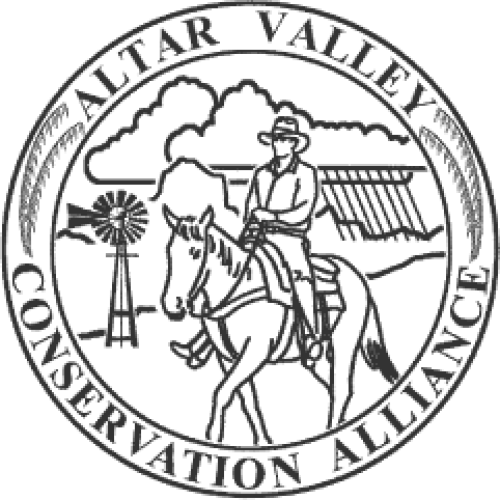ABSTRACT
Multicultural demands on public lands in the United States continue to challenge federal land managers to address social and cultural concerns in their planning efforts. Specifically, they lack adequate knowledge of cultural concerns, as well as a consistent strategy for acquiring that knowledge for use in decision-making. Current federal approaches to understanding such issues as access, use, and control of resources include public participation, conservation partnerships, government-to-government consultations with American Indian tribes, cultural resource inventories, and landscape analysis. Given that cultural knowledge arises from human–nature relationships and shared perceptions of natural environments, and that landscapes are the ultimate expression of such knowledge, an exploratory methodology was developed to provide a different approach to understanding cultural concerns through landscape perceptions. Using cultural landscape theories and applications from the natural and social sciences, this study examines the landscape perceptions of four groups concerned with management planning of the Baboquivari Wilderness Area in southern Arizona: the Bureau of Land Management, the landowners of the Altar Valley, recreationists, and members of the Tohono O’odham Nation. The methodology is based on a human–nature relationship rather than cultural aspects or features. It takes a holistic approach that differs from other perception studies in that it includes: emic aspects of data collection and analysis; a spatial component (triangulation of data collection through narrative and graphic descriptions); ethnographic, on-site interviews; and cultural consensus analysis and small-sample theory. The results include: verification of four cultural groups; two levels of consensus (in the population of concern, and in each group) that overlap in some aspects of landscape perception; descriptions of four cultural landscapes that illustrate similarities and differences among the groups, and include patterns and representations of spatial relationships; and an effective methodology for revealing cultural concerns that are not identified through public forums, and which has potential for application by agencies at the field-office level.
Source: Cultural Landscapes as a Methodology for Understanding Natural Resource Management Impacts in the Western United States.

Reports and other documents about Sonoran Desert ecology, management, and conservation. Curated by the not-for-profit Altar Valley Conservation Alliance (AVCA) located outside Tucson, AZ.